2018, Calgary, Alberta, Canada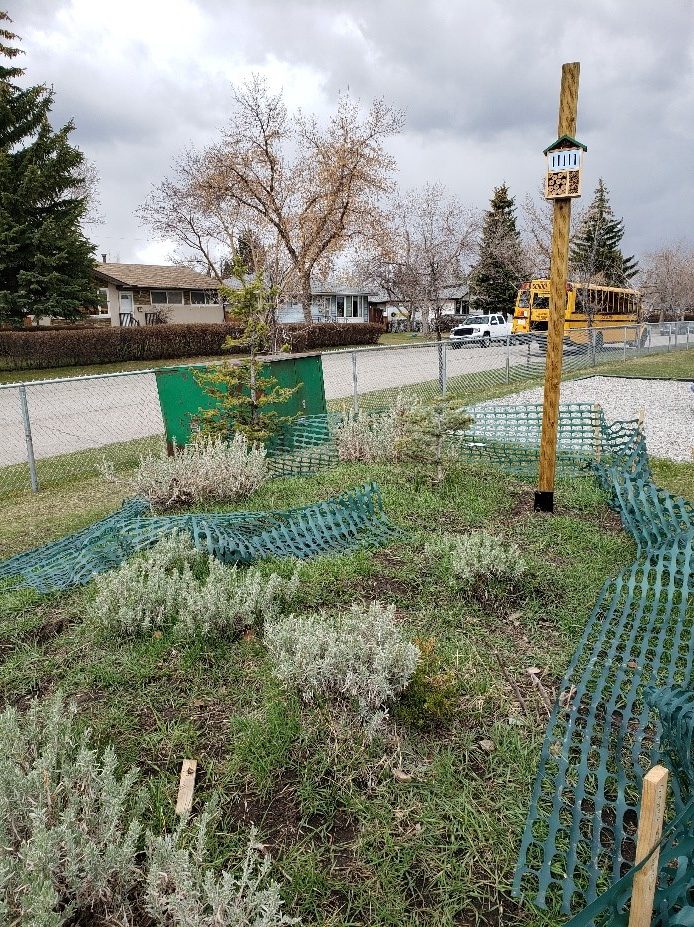
In 2018, Sofia and Kristiane of St. James School in Calgary, AB implemented their project entitled “Save the Bees” throughout their schoolyard and adjacent to their outdoor classroom. While researching colony collapse disorder, the importance of protecting our native bee species, and their role in food production and ecosystem health, Sofia and Kristiane’s project helps support solitary mason bees throughout their community. They installed bee hotels in their school green space and planted native wildflowers and shrubs specifically to attract and support bee populations in the area. They then educated other classes at their school on these bee hotels and the importance of bees in our local ecosystems, encouraging others to follow suite and take action.
From the same class, Cole brought composting to St. James School to reduce food 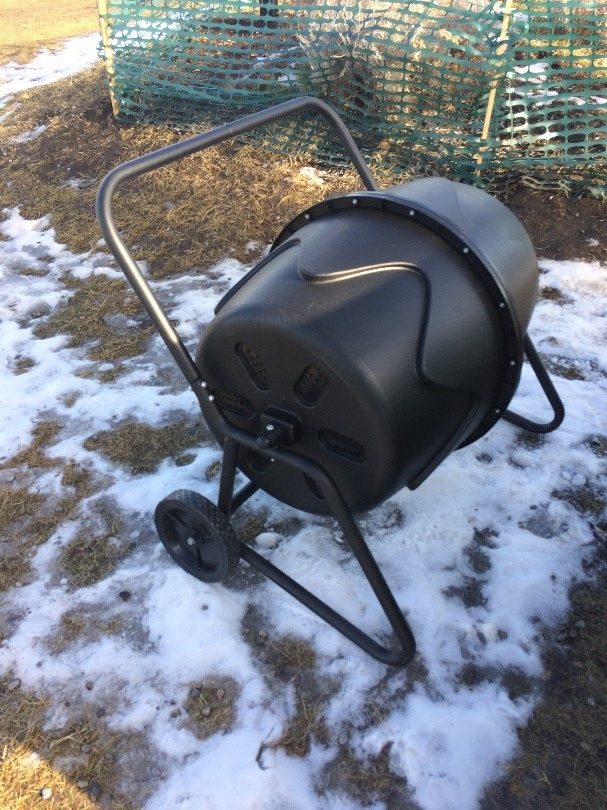 waste, provide nutrients for the soil in their gardens, and educate students and members of his community on the positive role composting plays in the environment and in our watershed. Cole also aimed to improve the mental health of students and teachers in his school by encouraging not only the use of their composter, but also the use of their outdoor classroom and garden space.
waste, provide nutrients for the soil in their gardens, and educate students and members of his community on the positive role composting plays in the environment and in our watershed. Cole also aimed to improve the mental health of students and teachers in his school by encouraging not only the use of their composter, but also the use of their outdoor classroom and garden space.
As the St. James Outdoor Classroom continues to evolve, students will share watershed information with their peers and educate them as to the benefits of learning in nature and natural spaces in an urban environment.
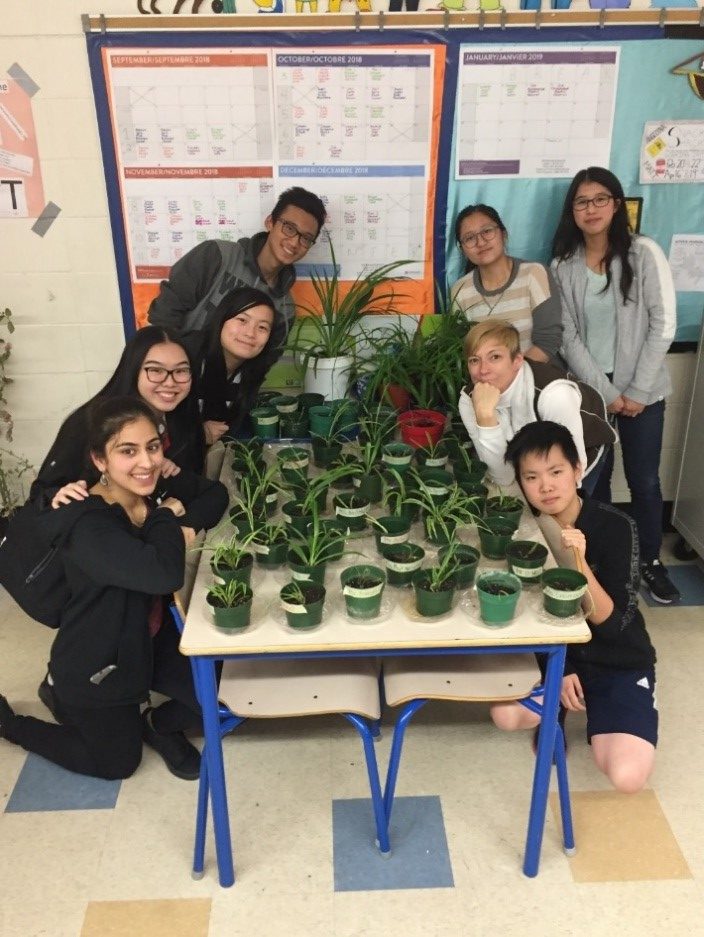
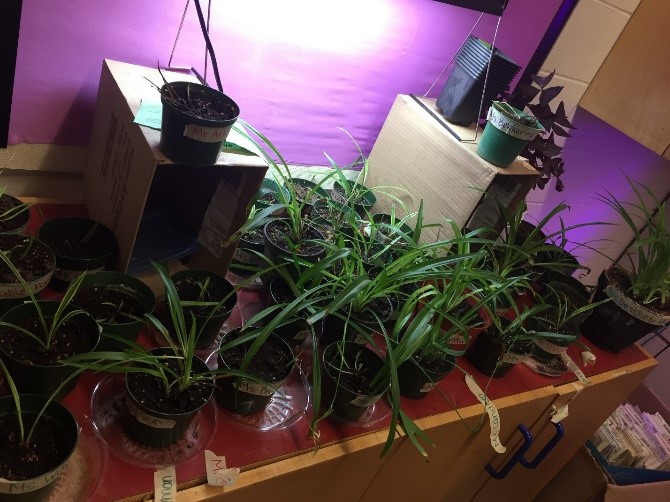
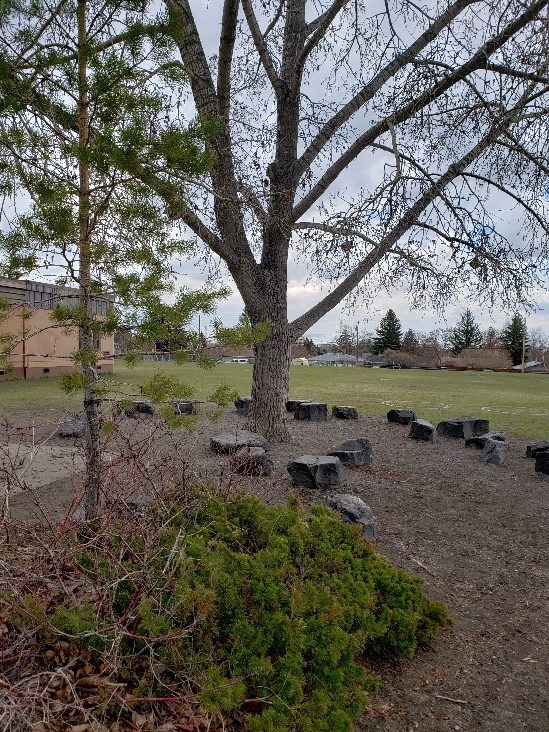
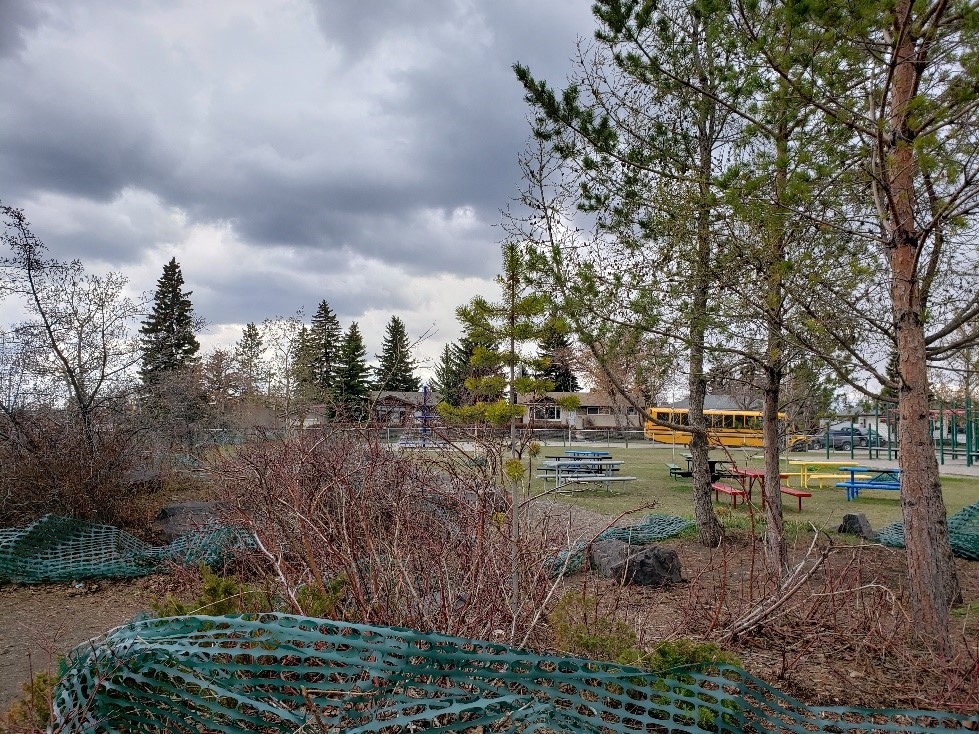
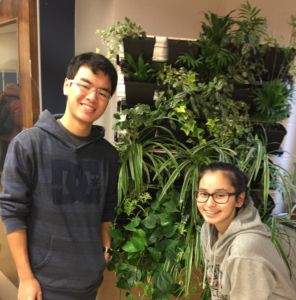
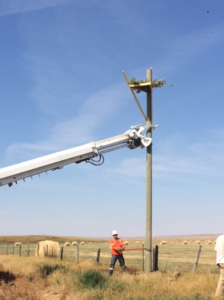
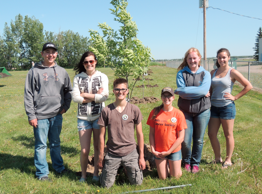
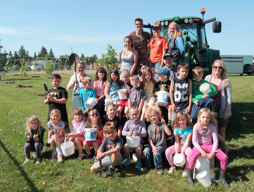
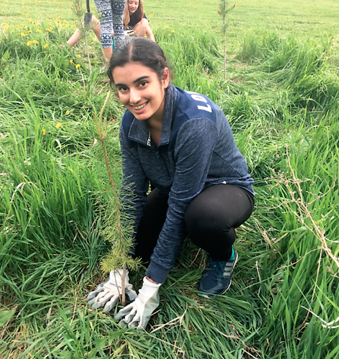

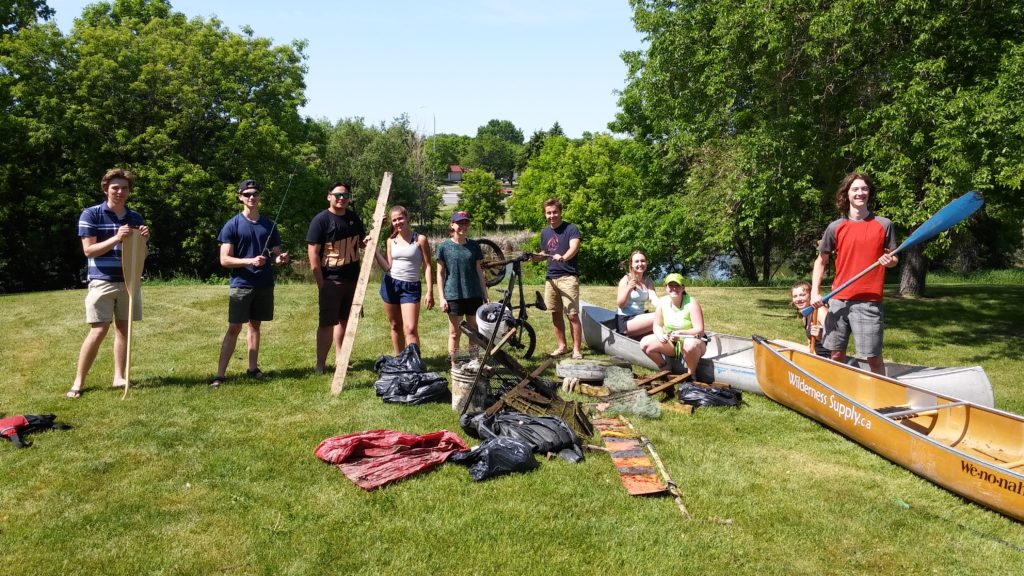
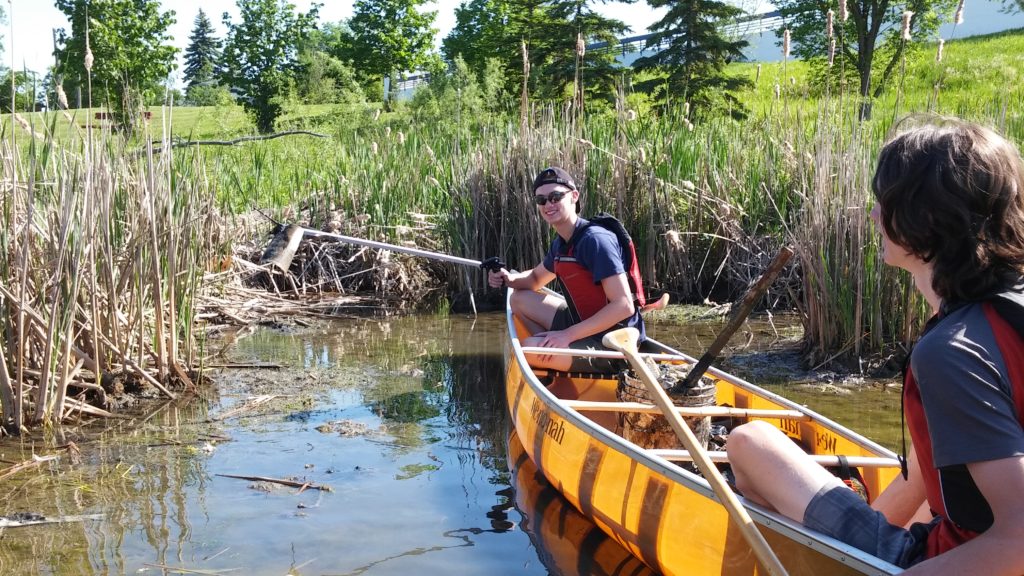 “An underwater litter removal project has never been done in Sturgeon Creek before, and judging by the amount of garbage Westwood students remove from the banks of the creek each year, there is likely a lot of garbage under the surface that needs to be cleaned up. Removing garbage from an aquatic ecosystem such as a stream greatly increases the quality of the habitat for wildlife. Gone are hazards that can cause injury and entanglement for animals. Removing floating and submerged garbage will dramatically increase not only the natural beauty of the park, but also the functionality of the ecosystem.
“An underwater litter removal project has never been done in Sturgeon Creek before, and judging by the amount of garbage Westwood students remove from the banks of the creek each year, there is likely a lot of garbage under the surface that needs to be cleaned up. Removing garbage from an aquatic ecosystem such as a stream greatly increases the quality of the habitat for wildlife. Gone are hazards that can cause injury and entanglement for animals. Removing floating and submerged garbage will dramatically increase not only the natural beauty of the park, but also the functionality of the ecosystem.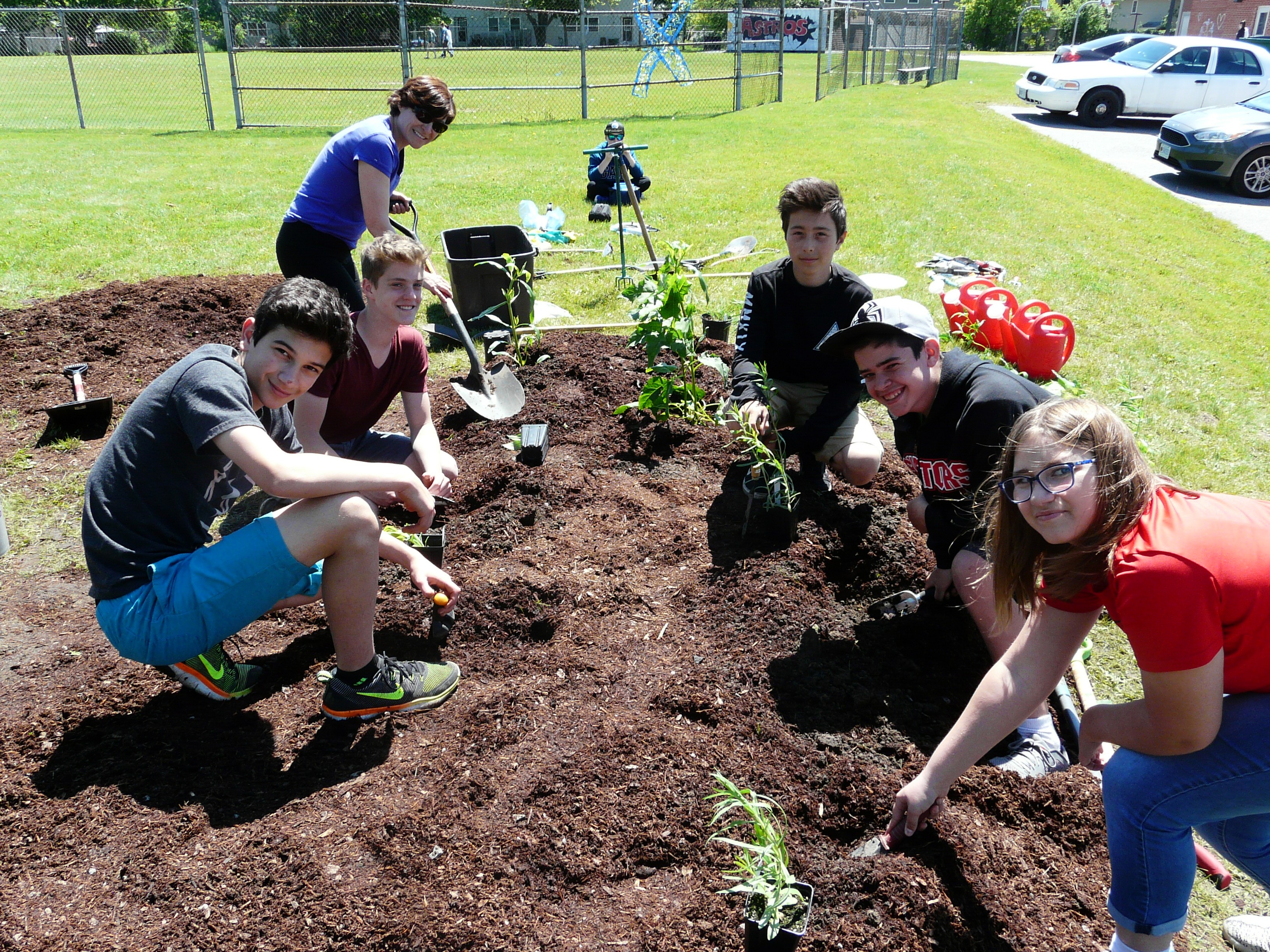 2017, Trenton, Ontario, Canada
2017, Trenton, Ontario, Canada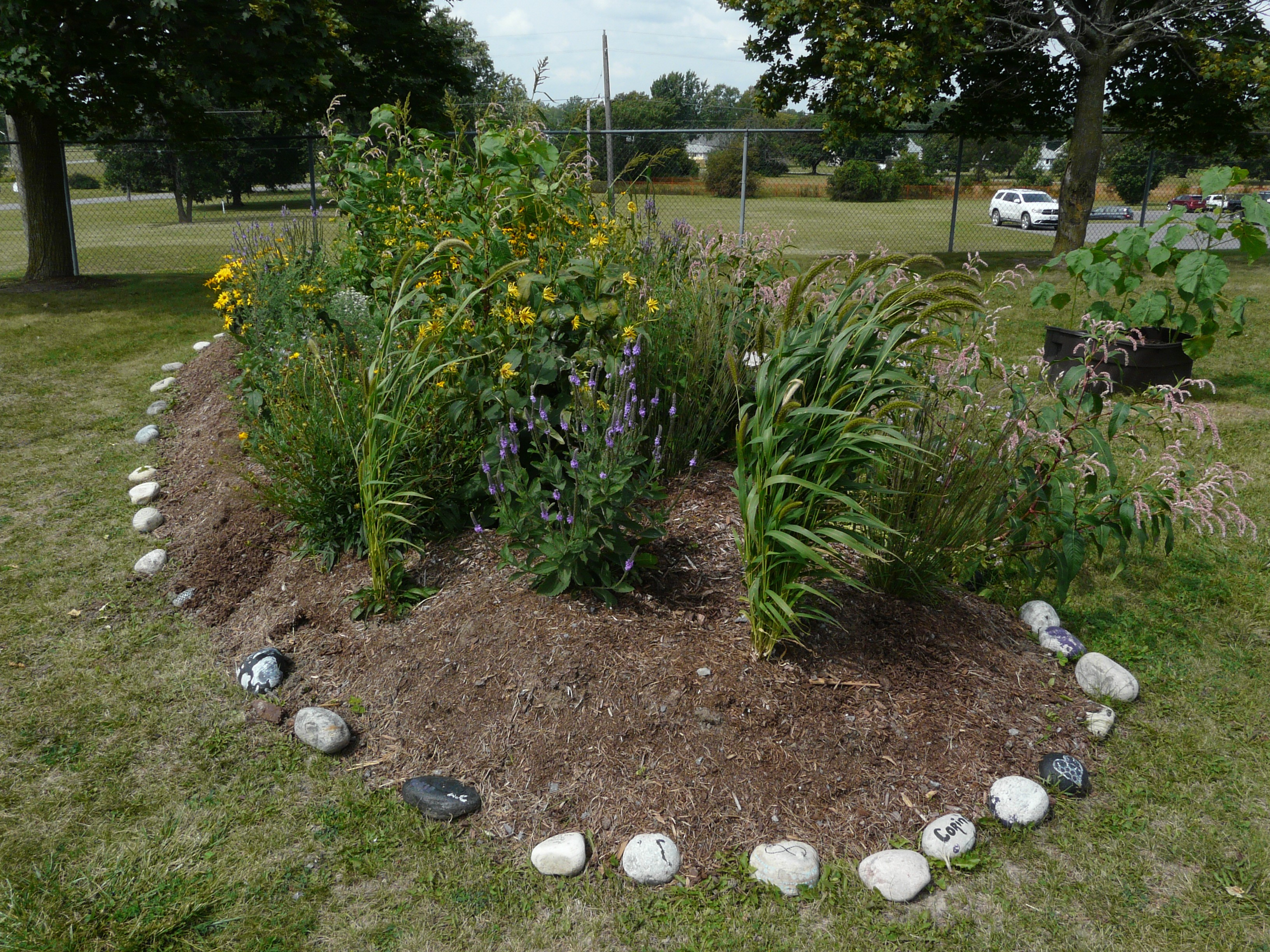
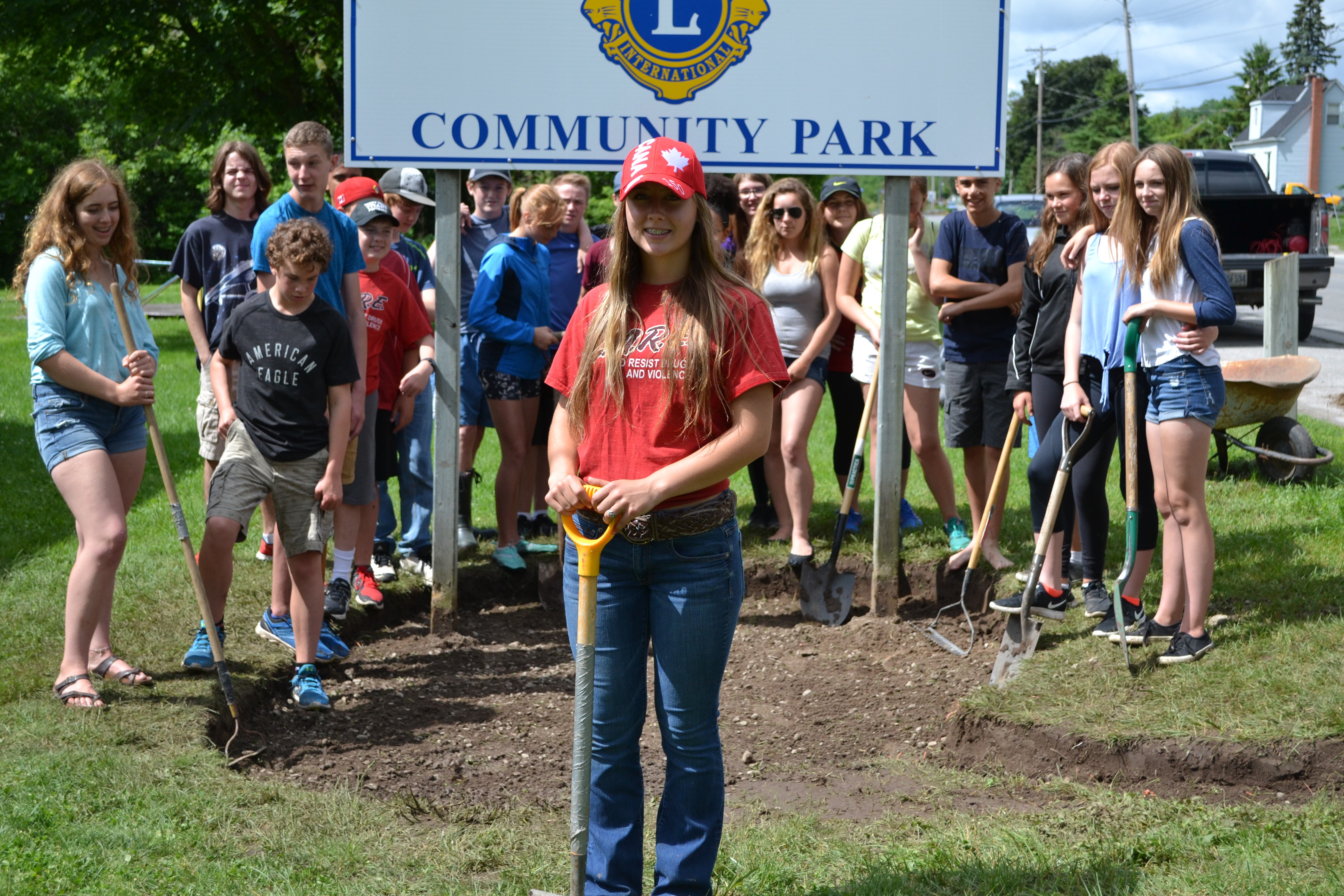 2017, Campbellford, Ontario, Canada
2017, Campbellford, Ontario, Canada